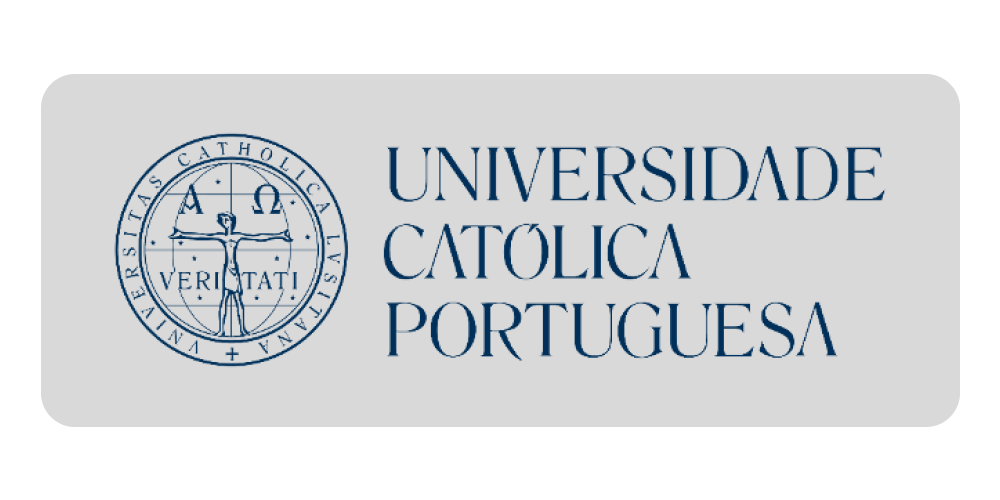'The Research Center of the Slovenian Academy of Sciences and Arts / Znanstvenoraziskovalni center Slovenske akademije znanosti in umetnosti (ZRC SAZU)'
To the gods of war: Early Iron Age weapon hoards in the hinterland of Caput Adriae
2021
Slovene
V brezno Mušje jame pri Škocjanu na Krasu so v okviru kultnih obredov metali najmanj štiri stoletja bronasto orožje, zaščitno bojno opremo, posode in drugo. Ob prenehanju teh obredov na območju Škocjana so se v zaledju Caput Adriae pojavili posebni depoji vrste Tržišče-Porpetto z železnim orožjem, med katerim prevladujejo sulične osti. Razlikovati je mogoče med starejšo in mlajšo skupino teh depojev, ki se ločita tudi po sestavi in razprostranjenosti.
Za starejšo skupino, ki jo zasledimo v Istri, na Krasu in na Notranjskem, je značilno, da so v depojih zastopane tudi še maloštevilne bronaste sulične osti in sekire, med železnim orožjem pa so poleg suličnih osti in sekir tudi kratki ukri- vljeni meči – mahaire. V dveh depojih so bile pridane tudi čelada in tri konjske brzde. Ta skupina je datirana v obdobje med koncem 8. in sredino 6. st. pr. n. št.
Mlajšo skupino depojev najdemo v Posočju in Furlaniji. V njih ni več bronastega orožja in mahair, pač pa nove oblike železnega orožja (sekire z enostranskimi plavutmi, uhata sekira, železno bodalo) in konjske opreme (brzda z železnima psalijama U-oblike). Zakopani so bili v drugi polovici 6. oziroma v 4. st. pr. n. št.Over four centuries at least, the abyss of Mušja jama near Škocjan in the Kras region of south-western Slovenia was the place where bronze weapons, protective warrior equipment, vessels and other objects were being deposited as part of prehistoric cult rituals. When these rituals ceased, a series of special iron weapon hoards, of the Tržišče-Porpetto type, appeared in the hinterland of Caput Adriae that largely consisted of spearheads. We can distinguish between the early and the late group of such hoards that differ in composition and distribution.
The hoards of the early group, known in Istria, the Kras and Notranjska, consist of a small number of bronze spear- heads and axes, as well as iron weapons comprising short swords with a curved blade – machairas – alongside spearheads and axes. Two of the hoards also included a helmet and three horse bits. This group is dated between the late 8th and the mid-6th century BC.
The late group has been recorded in the Posočje and Friuli regions. They revealed no bronze weapons and iron mach- airas, but rather new forms of iron weaponry (one-sided winged axes, shaft-hole axe, iron dagger) and horse equipment (bit with iron U-shaped cheek-pieces). They were buried in the second half of the 6th and in the 4th century BC
'The Research Center of the Slovenian Academy of Sciences and Arts / Znanstvenoraziskovalni center Slovenske akademije znanosti in umetnosti (ZRC SAZU)'
To the gods of war: Early Iron Age weapon hoards in the hinterland of Caput Adriae
V brezno Mušje jame pri Škocjanu na Krasu so v okviru kultnih obredov metali najmanj štiri stoletja bronasto orožje, zaščitno bojno opremo, posode in drugo. Ob prenehanju teh obredov na območju Škocjana so se v zaledju Caput Adriae pojavili posebni depoji vrste Tržišče-Porpetto z železnim orožjem, med katerim prevladujejo sulične osti. Razlikovati je mogoče med starejšo in mlajšo skupino teh depojev, ki se ločita tudi po sestavi in razprostranjenosti.
Za starejšo skupino, ki jo zasledimo v Istri,...
Preuzmite dokument
Slovene
2021
 Božič, Dragan
,
Guštin, Mitja
Božič, Dragan
,
Guštin, Mitja
Belgrade : Institute of Archaeology
Eine kleine Sondergruppe der thrakischen Fibeln
Im Aufsatz wird eine seltene Variante der thrakischen Fibeln besprochen, die nur durch
jeweils ein Exemplar von der Höhensiedlung Kanzelkogel bei Gratkorn in der Steiermark, aus dem
Stadtmuseum Belgrad und aus dem Schmuckhort Buneşti 1 in Zentralmoldawien belegt ist. Ihre
Verbreitung gegen Westen zeugt von Fernverbindungen zwischen dem Skordiskergebiet und dem
Ostalpenrand in der Stufe Lt B2
Preuzmite dokument
2019
 Božič, Dragan
,
Guštin, Mitja
Božič, Dragan
,
Guštin, Mitja






